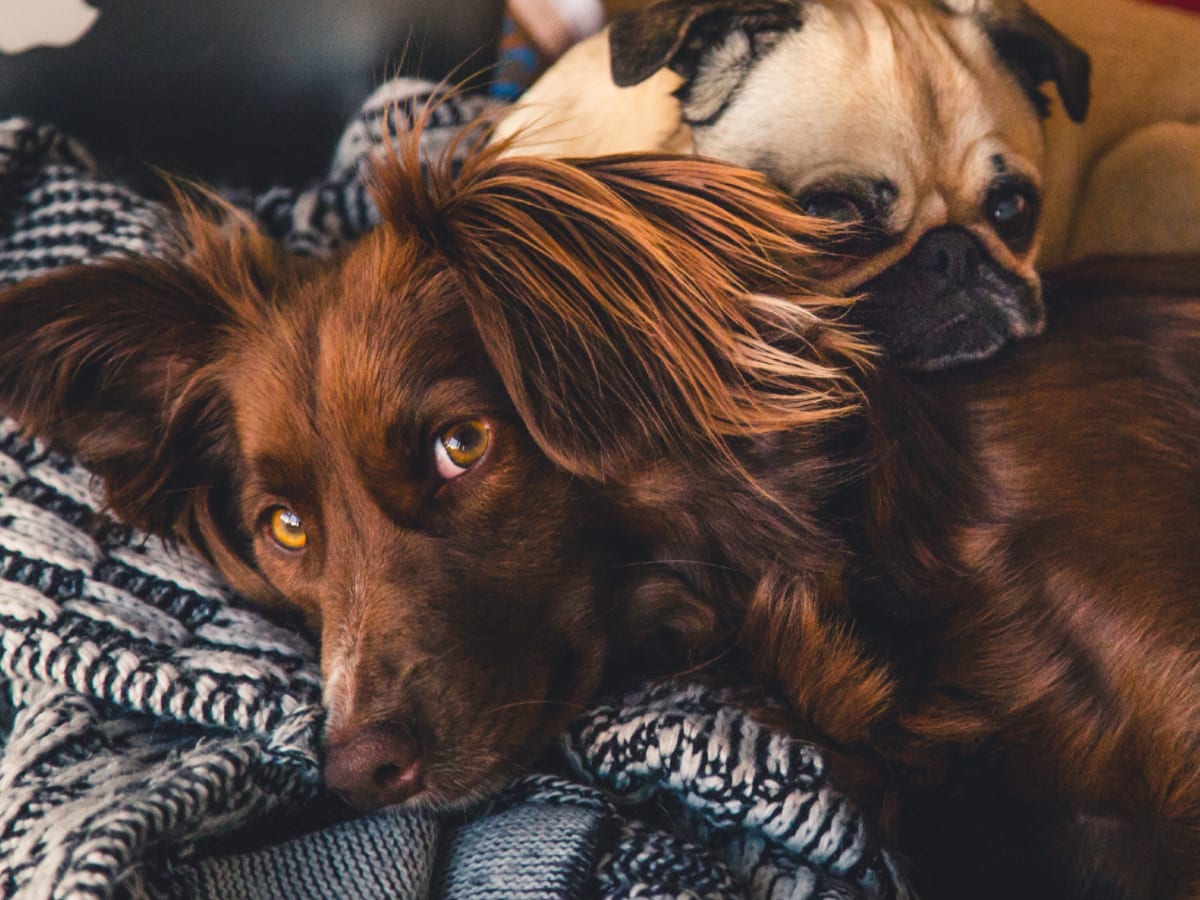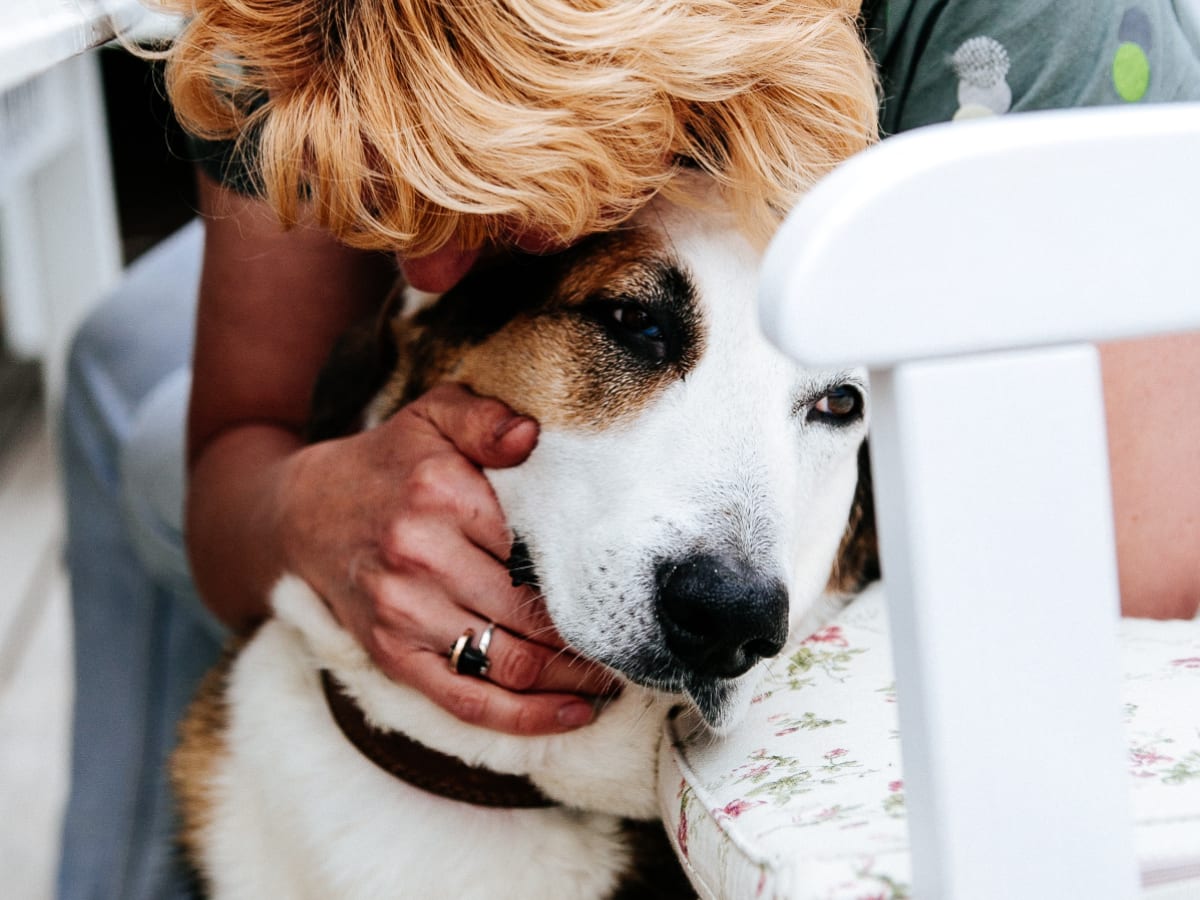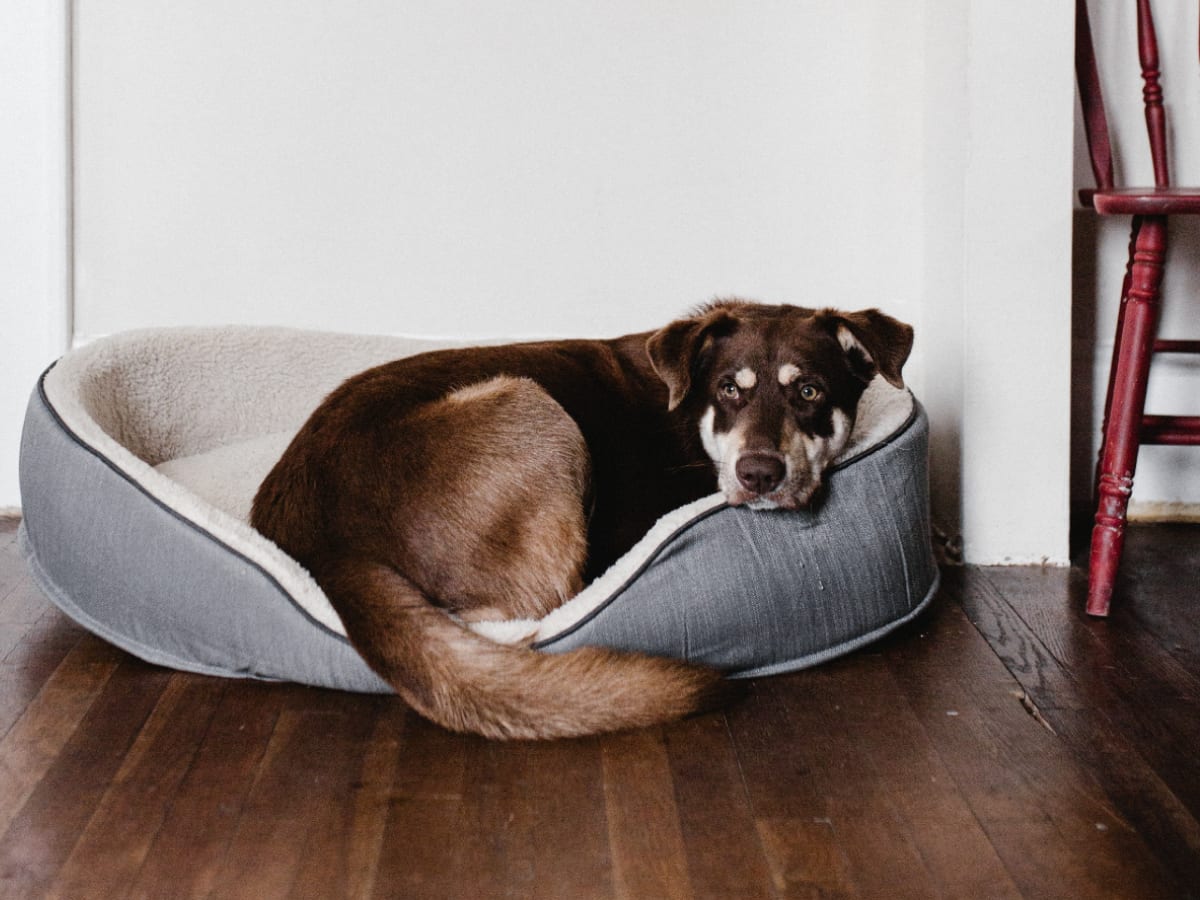Just like humans, dogs express anxiety in many different ways, and can experience these uneasy feelings for more than one reason. But unlike their owners, puppers don’t know how to communicate that they’re anxious. As a fur parent, what can you do to recognise and ease anxiety in dogs?
We’ll discuss the 3 most common types of anxiety in dogs and what you can do to relieve each one.
1. Separation anxiety
Separation anxiety is triggered when a pupper is upset by being separated from their owner or guardian. Symptoms of separation anxiety in dogs will vary, but are easy to spot, and include:
Barking or howling
Digging
Pacing
Escaping their enclosure
Chewing, especially around “exit points” like doors and windows
Urinating and/or defecating
A pupper suffering from separation anxiety may react like it’s been years when their fur parent comes home–even if they just went to grab the mail!
Remember, anxiety has nothing to do with training or lack thereof. Even the most perfectly house-trained pupper can display destructive symptoms when faced with separation anxiety. If you notice your pupper behaving anxiously (barking, standing by the door, pacing, etc.) when you’re getting ready to leave, it could be a warning sign that they feel extremely anxious while you’re gone.

How to reduce separation anxiety in dogs
When treating pupper’s separation anxiety, it’s important to remember that treating the root cause is always the best approach. This means teaching your pupper to enjoy, or at least tolerate, being home alone.
Teach pupper to associate being alone with something they enjoy. Start giving your dog a high-value treat or a treat puzzle every time you leave the house. This sends a message that they shouldn’t fear being alone, and that they will be rewarded for behaving well. If you give them a special toy when you leave, such as a KONG full of treats, make sure you take it away once you’re home. It’s important for pupper to associate this valuable, positive experience with your leaving.
Severe separation anxiety is complex and may require the help of an animal behaviourist. When handling a dog suffering from severe separation anxiety, any fear or backpedaling may result in complete loss of progress and reluctance of cooperation. It’s important to be extremely careful and sensitive in cases like this, so consult with your preferred veterinarian for the appropriate next steps.
2. Rescue/shelter anxiety
Rescuing a pupper takes a lot of courage, patience, and a special kind of commitment. Many rescue and shelter dogs have experienced abandonment and emotional trauma, which unfortunately often translates to anxiety that they take to their forever homes.
A shelter or rescue pupper’s anxiety might be triggered by:
Sudden movements
Loud noises
Meeting new people
Feeling intimidated by other dogs
These puppers are also more susceptible to separation anxiety–they may be afraid of being abandoned all over again. Therefore, treating anxieties in dogs who have been in shelters requires sensitivity and thoughtful care.
How to reduce rescue/shelter anxiety in dogs
Make sure pupper has many sources of comfort. Especially when you first bring them home from the shelter, make sure they know where to go to feel relieved. Heated dog toys and plush, warm bedding are great ways to do this.
Lots of hugs. As if you needed another excuse to hug your pupper! As soon as you notice any signs of discomfort or anxiety, like pacing, whimpering, or shaking, give your pupper a hug to let them know they’re safe.
Try anxiety-reducing clothing for long-term comfort. If you notice that pupper needs a hug fairly often, look into anxiety-reducing clothing. This is a popular way to calm anxiety symptoms, especially when you’re out of the house or distracted. Thundershirt is a popular brand, but there are many alternatives. Speak with your veterinarian to see if they have any recommendations.

3. Fear of loud and sudden noises
Many fur parents know to expect the worst when hearing the first signs of a thunderstorm or fireworks show. You may know where these noises are coming from, but pupper doesn’t. To them, loud noises are an inescapable danger that has no solution.
The most common loud noises that trigger anxiety in dogs include:
Fireworks
Thunder
Loud vehicles
Lawnmowers
Vacuums
Yelling or loud talkers
Car alarms
It’s extremely easy to tell when your pupper is feeling anxious due to loud noises. Hiding under the bed, hiding in corners or small spaces, whining, and shaking are all common signs.
Fortunately, with some effort, sensitivity, and patience, there are many different approaches you can take as a dog owner to relieve pupper’s anxiety.

How to reduce loud noise anxiety in dogs
If you’re away from home, get back home as soon as possible. Unfamiliar surroundings could make your dog’s anxiety even worse. Being in the comfort of home is a good starting point to help your pupper feel at ease.
Avoid forcing pupper into their crate or a confined space. If your pupper’s crate is their happy place, you can encourage them inside with a treat, but be sure to leave the door open. Your pupper shouldn’t feel like they’re being punished for their anxiety. Once a dog is already feeling anxious, being confined can skyrocket their anxiety and make things much worse.
Play calming music or other sounds to distract your pupper. Filling your home with other, more soothing sounds can be just what pupper needs to feel more calm, especially if he sees that you’re calm, too. Fun fact: According to a Physiology & Behavior study, the most calming music for dogs is soft rock and reggae. So get that Bob Marley album ready for the next thunderstorm!
Improving anxiety in dogs is possible!
If you’re living with an anxious pupper, fear not. There are many ways to identify and treat their anxieties from the source–help them live their best life by giving them the happiest and most comfortable life that you can!








